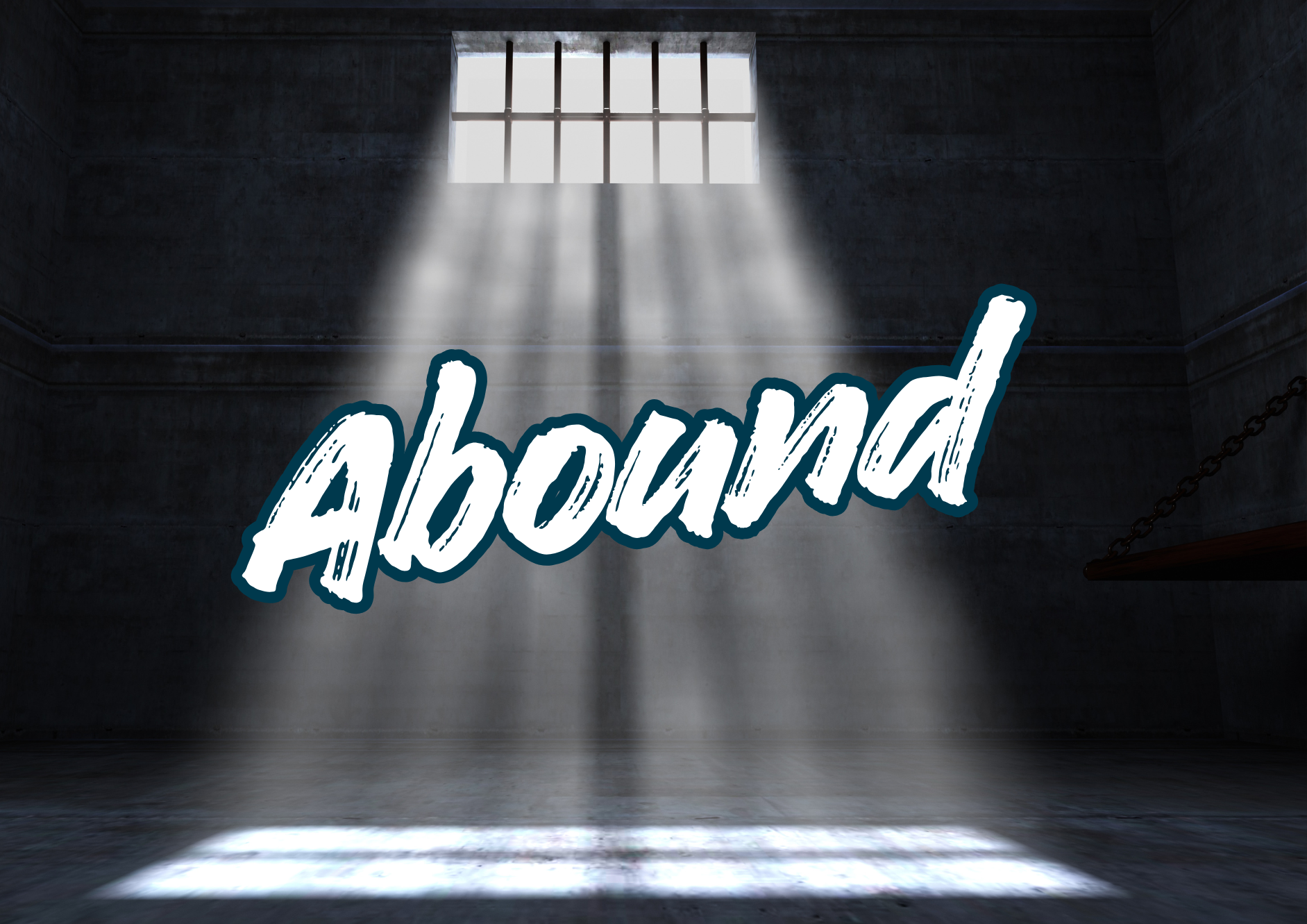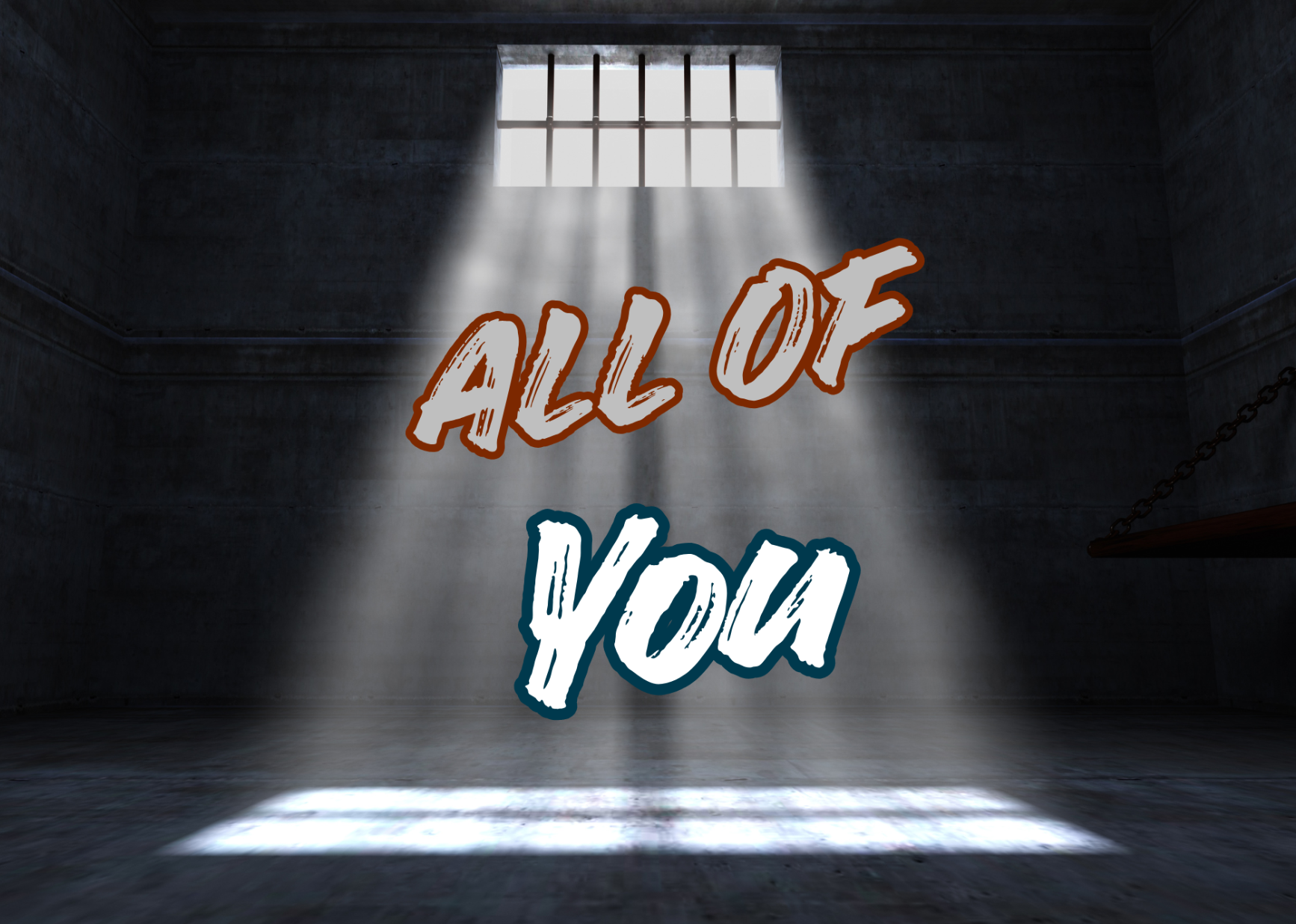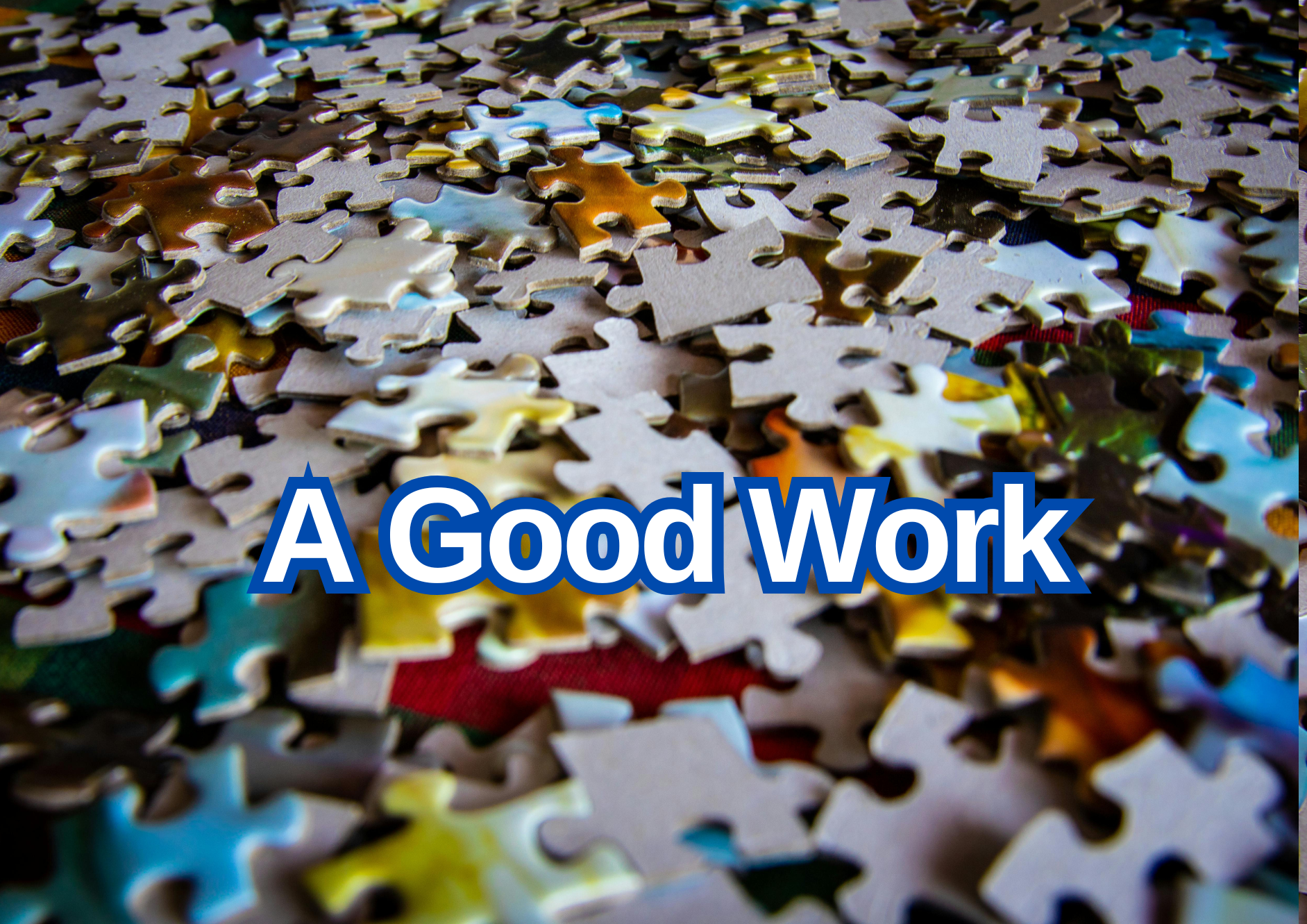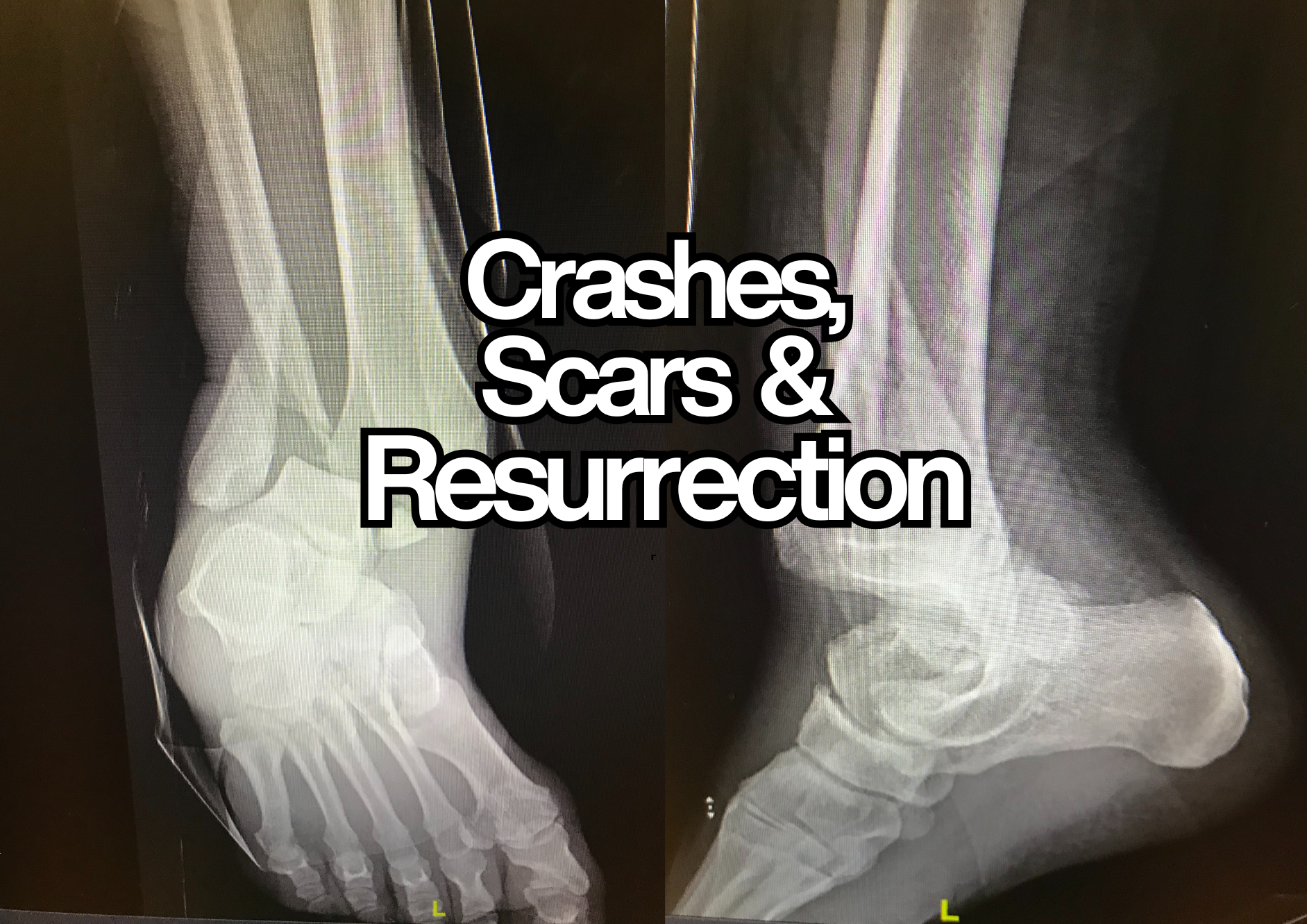Crashes, Scars and Resurrection
Sometimes Resurrection Leaves Scars
If potholes jar you and gravel unnerves you, crashes just flat-out take you down.
Every cyclist knows that sinking feeling: one second you’re upright, the next you’re tangled in a mess of handlebars, chain grease, and pride. Sometimes you get up with nothing worse than road rash. Other times, you limp away with scars that last a lifetime.
I know this one by heart.
A few winters ago, the Sunday after the Houston big freeze, I was riding the Braes Bayou Trail planning to ride 60 miles before meeting friends for lunch. The pavement looked clear enough, but an innocent-looking patch of slush sent my wheels out from under me. I unclipped but for some reason did it awkwardly, and in a blink my ankle snapped. Just like that, I went from riding free to riding in an ambulance. The 60 miles became 30 miles and the lunch never happened.
The aftermath wasn’t pretty. A bunch of screws and plates held my ankle together for a while. My X-rays looked like something from a Home Depot catalog. Eventually, the hardware had to come out because it caused more trouble than it solved. I still keep the X-ray pictures (the graphics are of my right ankle that was broken). They’re not pretty, but they preach. Proof that I was broken. Proof that I healed. Proof that sometimes resurrection comes with plates and screws.
Today, I carry the memories more than the metal—reminders of both the fragility of the human body and the stubbornness of the human spirit.
Life hands us crashes too.
- The divorce you never saw coming.
- The diagnosis that stops you in your tracks.
- The job loss that pulls the rug out from under you.
- The phone call in the middle of the night that changes everything.
Unlike potholes or gravel, these aren’t moments you just “ride through.” They take you down. They hurt. They leave scars. And sometimes they leave you wondering if you’ll ever get back up.
Here’s the thing about scars: they don’t lie. They’re honest in a way that words sometimes aren’t. A scar is proof that something hurt you, but it’s also proof that the hurt didn’t win. It tells the whole story—pain and healing, breaking and mending, falling and rising again.
Scars are strange that way. They mark the places of our deepest weakness, and at the same time they become signs of our resilience. They whisper both, “This is where you were broken,” and, “This is where you got back up.”
My orthopedic surgeon was proud that he’d done the surgeries on my ankle without leaving any visible scars. I told him, half-joking, that I kind of wanted the scars—for the stories, of course. He grinned and said, “Well, I could always draw one on for you.” Without missing a beat, he added, “Then you can just get a tattoo artist to make it permanent.” For a split second, I almost agreed.
I can laugh about it now, but the point still stands: scars—real or imagined—carry meaning. They’re proof that you’ve been down, but also proof you got back up.
And isn’t that what resurrection really is? Not pretending the crash never happened, but living as proof that it didn’t get the last word.
The first ride back after my ankle healed was equal parts joy and terror. My mind kept replaying the fall, reminding me how fragile the body—and confidence—can be. Every turn of the pedal felt risky. Every shadow on the trail looked like another slush patch.
But slowly, something shifted. I felt the rhythm again. The tires began to hum. The fear started to fade, replaced by the familiar freedom of the ride.
That’s resurrection. Not everything going back to “the way it was,” but the courage to try again after you’ve been broken. Resurrection is about scars that don’t disappear but no longer define you. It’s about grace that meets you in the getting back up.
Cyclists trade crash stories the way kids trade baseball cards. Each one carries a mix of pain, pride, and proof of survival. And maybe that’s part of the healing too—learning to laugh at what once felt impossible.
I still tell mine with a grin: the slush patch, the screws, the hardware catalog X-rays, and yes—even the surgeon who offered to draw me a scar. Sometimes laughter is its own kind of resurrection.
For me, even the crash became an Unlikely Altar.
It’s where I was reminded of how breakable we all are—and how much strength we can find in the getting back up. It’s where I learned that scars are more than reminders of pain; they are testimonies of healing.
Life’s crashes will come. They’ll hurt. They’ll mark us. But they don’t have the last word. Sometimes they become the very place where resurrection breaks through, where grace shows up, and where we discover that even broken bones—and broken lives—can be made strong again.

If you’ve ever played Guitar Hero, you know it can trick you into believing you’re one power chord away from the Rock & Roll Hall of Fame. My boys played for hours — Freebird, Sweet Child of Mine — and honestly, they were pretty good. But hitting colored buttons on a plastic guitar isn’t the same as playing a real one. There’s knowing about, and then there’s knowing — the kind that comes from touch, repetition, and experience. Paul is praying for that kind of knowing in Philippians 1:9 -11: That your love may abound more and more in knowledge and depth of insight… “Abound” — perissos — means to grow past the edges. To spill over. Paul isn’t praying for love that stays where it started. He’s praying for love that keeps going, that wakes up tomorrow and chooses generosity again. And honestly, that’s Advent: the season when light grows in the dark, slowly and steadily. Advent doesn’t rush. It invites us to let hope grow one small flame at a time. Love works the same way. Paul uses another word — epignosis — the kind of knowing that comes from participation. From actually doing love, not just talking about it. You can know the stories and still not know love in a Christ-shaped way. For Paul, knowledge isn’t worth much unless it leads back to love. That’s what Advent calls us to a faith that moves from the head into the hands, from theory into practice, from information into incarnation. God didn’t send a lecture. God sent a baby — love in its smallest form — growing, growing, growing. I’m in a brand-new career — final expense insurance — something I never imagined after years in the pulpit. Some days I’m hopeful. Other days I’m sure I’m in over my head. And on those days, God keeps using someone to teach me about abounding love. Her name is Lauryn. She’s my mentor in this new world, but honestly, “mentor” doesn’t quite cover it. What she really is… is steady. She doesn’t get much out of my success. She doesn’t benefit if I stay or go. But she keeps showing up — offering encouragement when I’m discouraged, clarity when I’m confused, and a nudge forward when I start looking for the exits. Her support isn’t loud or dramatic. It’s not flashy. It’s faithful. It’s Advent in human form — a small light that keeps showing up, growing stronger, enough to help me take one more step. She’s teaching me that love abounds not through grand gestures, but through consistency — the quiet determination to keep choosing one another. That’s how love grows “more and more.” Paul adds another phrase: that we might be “ pure and blameless. ” Not spotless. Not perfect. The Greek word — proskopto — is about stumbling. Paul is praying that our love would grow in such a way that we don’t cause others to trip over us. We trip people up when we talk a big Jesus talk but don’t live it. When we choose fear over compassion. When we forget we’re supposed to be servants, not gatekeepers. But when love grows — really grows — people breathe easier around us. That kind of love is what Advent asks of us: wake up, light one candle, and let that small flame shape how you treat the world. With the first Sunday of Advent upon us, this feels like the season’s invitation: to let love grow a little more. Not perfectly. Not instantly. Just steadily — the way we trust that one candle means more light is coming. Maybe the Unlikely Altar this time isn’t a manger or a sanctuary. Maybe it’s the small place where someone helps you keep going — where their steady encouragement becomes grace, where you learn in real time that love grows by being practiced. Maybe the Unlikely Altar is the moment you realize that God is teaching you how to love through someone who keeps showing up. And maybe the prayer Paul prayed from prison is the one Advent whispers to us again: May your love abound more and more. One small flame at a time. One act of compassion at a time. One steady step at a time. Because the world doesn’t change in a day. But love grows — quietly, faithfully — until the light is strong enough to see by.

There’s a phrase Paul repeats three times in two verses, and it’s the kind of line you skim past until it taps you on the shoulder: “All of you.” He’s writing from prison. Chained. Cut off from almost everything familiar. And yet he says it like a benediction: I hold all of you in my heart… I long for all of you… I care for all of you. Really, Paul? All of them? Even the difficult ones? The ones who drain the room? The ones who argue, complain, or test your last nerve? And Paul answers with that stubborn, beautiful certainty: Yes. All of you. Our English translations make it sound like Paul is describing emotion — “I feel this way about you.” But the word he uses, phroneō, is deeper than feeling. It’s the mindset, the orientation of the whole self — the place where decisions are made and loyalties formed. Paul isn’t saying, “I feel warmly about you today.” He’s saying, “My whole being leans toward you. You matter to me. My life is tied to yours.” That’s not sentiment. That’s love with roots. Then Paul uses another word — koinos — meaning “ shared ” or “ held in common. ” He’s reminding them (and us) that grace creates its own kind of family. Not the tidy, polite version — the beautiful, annoying, complicated version. We don’t get to choose who grace binds us to. We only get to choose whether we show up to it. Finally Paul reaches for the deepest word he can find — splagchnon . The gut. The bowels. The place where your deepest feelings live. We might say it like this: “ I feel this love for you in my gut. ” But even here, Paul refuses to make the love about himself. He doesn’t say, “I long for you with my gut.” He says, “ I long for you with the splagchnon of Christ.” As if to confess: “ I’m not loving you out of my own strength. Christ is loving you through me.” And honestly — that’s the only way “all of you” ever becomes possible. There’s a line in this passage — “ all of you ” — that I didn’t fully understand until much later in life. And strangely enough, I didn’t understand it completely until after my biological father died. I spent years trying to sort out how to feel about a man who refused to acknowledge my existence. I wanted some kind of reconciliation — or at least some inner peace — but it never came. Not from him, anyway. And now his ashes sit in my closet. That’s its own kind of unfinished story — one I never quite know what to do with. How do you hold someone in your heart who never made space for you in theirs? How do you love someone who kept the door closed? How do you make peace with a relationship that never even had the chance to begin? For a long time, I couldn’t. But after he died, something shifted — slowly, quietly, almost without my permission. Not forgiveness wrapped in a bow or tied up neat.. Not closure. Just a loosening. A softening in a place I’d kept boarded up. And I realized the compassion that began to grow in me wasn’t mine. It wasn’t something I manufactured through effort or maturity. It was Christ doing something in me I could never do on my own. The love I couldn’t find while he was alive began to take shape only after he was gone. Maybe that’s what Paul meant when he said he longed for the Philippians from his splagchnon — that deep, gut-level place where Christ’s transforming work actually happens . Because sometimes the hardest people to love become the very places where Christ does His most surprising work. Maybe “ all of you ” even includes the ones who ignored us, or hurt us, or never became who we hoped they would be. Maybe the altar this time isn’t a table or a church. Maybe it’s a closet holding ashes and questions — a place where grief and grace sit side by side. Maybe it’s the place where Christ heals a relationship we never got to finish, and teaches us how to love someone we never fully knew. Maybe that is the Unlikely Altar. Because the sacred shows up there too — in the tension, in the ache, in the deep-down places where Christ is still doing the good work. And if Christ can create love in a prison cell, and in a grieving heart, He can create it in us, too.

There’s something both hopeful and haunting about unfinished work. A story that ran out of words. A prayer that’s still waiting on an answer. A dream that stalled halfway between vision and reality. We all have a few of those, don’t we? Places in our lives that feel like construction zones — full of sawdust and scaffolding, promises we meant to keep, and prayers that haven’t yet found an answer. That’s the space where Paul writes his letter to the Philippians — from a Roman prison, talking about a good work that God had started and would somehow finish. “I am confident of this,” he writes, “that the One who began a good work in you will carry it on to completion until the day of Jesus Christ.” If anyone had reason to question that promise, it was Paul. He was chained to a guard, his freedom gone, his ministry on pause. Yet his words breathe confidence, not despair. He looks at his friends in Philippi — people who had risked their safety to stand with him — and he sees evidence of God’s goodness still unfolding. He doesn’t say, “I hope you can finish what you started.” He says, “The One who began this work in you will finish it.” There’s a difference. One puts the weight on us; the other reminds us whose hands hold the hammer. Paul’s language echoes the creation story — the God who began the world with light, called it good, and didn’t stop until it was complete. That same creative rhythm, Paul says, is alive in us. The God who started something beautiful in you isn’t walking away halfway through. Even when you can’t see the plan, even when all you’ve got are pieces on the floor, God is still building something that will one day make sense. From the first sunrise in Genesis to the flicker of a lamp outside Paul’s cell, that has been the way God has always worked: Begin. Call It Good. Complete. Paul’s confidence wasn’t built on theory — it was built on relationship. The Philippians didn’t just send thoughts and prayers; they sent food, support, and friendship. They were what Paul called partners in the gospel — not in a business sense, but in the kind of companionship that costs something. They stood with him when others wouldn’t. And in their faithfulness, Paul saw proof that God’s good work wasn’t stuck just because he was. That’s often how grace works — through people who quietly show up, carrying a little hope when ours has run dry. If you’ve ever looked at your life and thought, “This isn’t what I imagined,” you’re in good company. Paul’s letter reminds us that unfinished doesn’t mean abandoned. Sometimes God’s work looks less like building and more like waiting. Less like progress and more like perseverance. But make no mistake — even the waiting rooms can be altars. Because maybe the sacred work isn’t what we’re doing for God, but what God is still doing in us — shaping patience, humility, and trust. Maybe the Unlikely Altar this time isn’t a table or a church. Maybe it’s the half-built part of you — the one still covered in dust and duct tape — that God refuses to give up on. That's the Unlikely Altar. After all, the sacred shows up there too — right in the middle of the mess. A Roman prison doesn’t seem like the ideal spot for a letter about confidence and joy — but that’s where Paul wrote it. And maybe that’s the point. If grace can write from a prison cell, then it can certainly keep writing in us. The same hands that shaped light out of darkness are still working on you and on me, still carrying the good work forward — even on days when we can’t see it. So take heart. The work isn’t done yet. And that’s good news.

